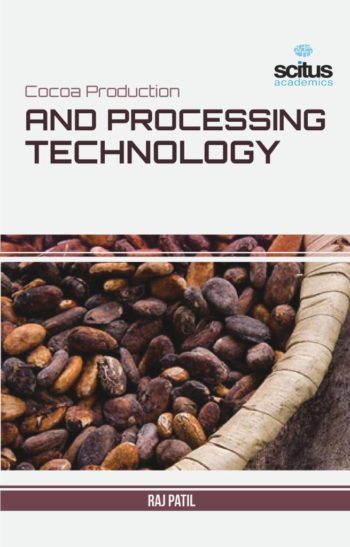Nanotechnology has led to the development of new concepts and agricultural products with immense potential to manage the aforementioned problems. Nanotechnology has substantially advanced in medicine and pharmacology but has received comparatively less interest in agricultural applications. Pesticide use has certainly contributed towards improving agricultural production, in terms of both yield and quality, thus increasing agricultural income, particularly in developed countries. However, the careless use of pesticides without adhering to the safety norms and recommended practices has posed serious health risks to humans, other living organisms, and the environment, from on-farm workers’ exposure and release of chemicals into the air and water to commodities containing pesticide residues.
This book intends to examine the practical development, implementation, and consequences of integrating the environmentally aware use of biopesticides including contributions from some of the eminent experts in the field throughout the globe. The book also explores current issues related to biopesticides. Nanoformulations and microencapsulation technologies can improve the stability and residual action of biopesticide products, and this could increase their field use. Regulations that promote the registration of low-risk compounds with the provision of incentives could also facilitate commercialization and availability of biopesticides in the market.
Each year, 20%–40% of crops are lost due to plant pests and pathogens. Existing plant disease management relies predominantly on toxic pesticides that are potentially harmful to humans and the environment. Nanotechnology can offer advantages to pesticides, like reducing toxicity, improving the shelf-life, and increasing the solubility of poorly water-soluble pesticides, all of which could have positive environmental impacts. This book explores the two directions in which nanoparticles can be utilized for plant disease management: either as nanoparticles alone, acting as protectants; or as nanocarriers for insecticides, fungicides, herbicides, and RNA-interference molecules. Biopesticides have attracted attention in pest management in recent decades, and have long been promoted as prospective alternatives to synthetic pesticides. Biopesticides have also attracted great interest in the international research community, with a significant increase in the number of publications devoted to the subject. It also focuses on polymeric nanoparticle-based insecticides which act as a controlled release purpose for agrochemicals. It is hoped that this book will serve to students, practitioners, scientists, and engineers as well as for those who are involved in the area of agriculture.














Reviews
There are no reviews yet.